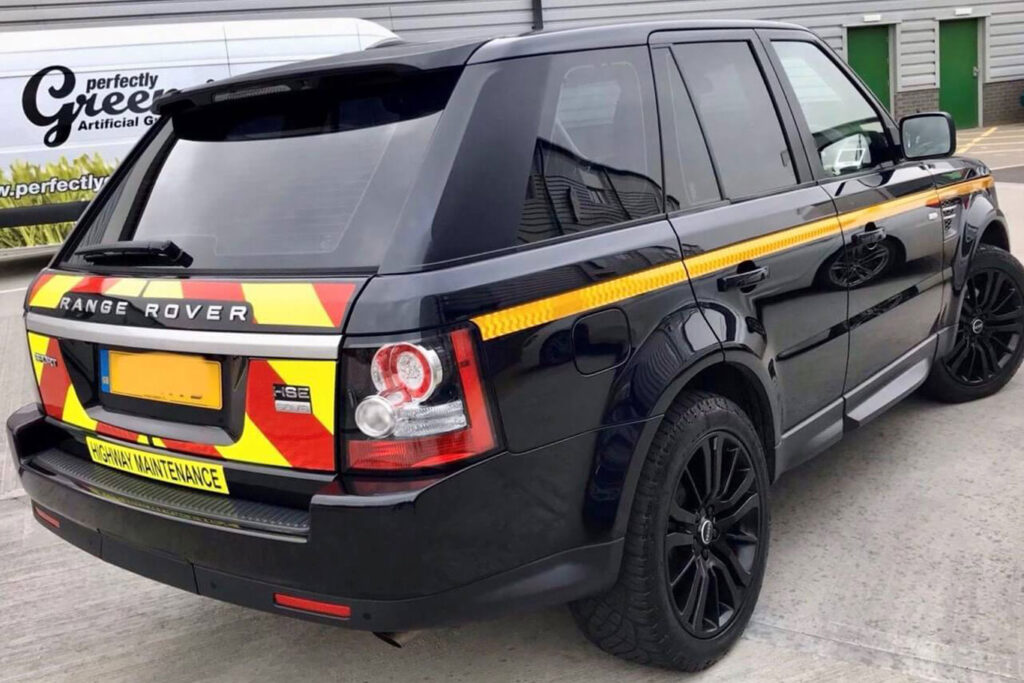No products in the basket.
No products in the basket.

When it comes to reducing accidents in low-light conditions, reflective strips are one of the most effective and trusted solutions. Widely used on vehicles, workwear, and equipment, they play a crucial role in road safety and workplace compliance. In the UK, they are not just a safety option – they are an essential part of ensuring visibility, compliance, and protection for both workers and the public.
Reflective strips work by bouncing light back toward its source, making objects highly visible at night or in poor weather. Their benefits include:
Reflective strips are increasingly used beyond traditional work environments. Runners, cyclists, and parents often add reflective patches to clothing, backpacks, or pushchairs for added safety. This makes them an affordable way to extend visibility beyond the workplace and into everyday life.
Reflective strips are a key part of hi vis clothing, from jackets and trousers to helmets and footwear. They ensure workers remain visible on construction sites, motorways, and warehouses, meeting workplace compliance standards.
Commercial and maintenance vehicles often feature reflective strips as part of vehicle markings. This improves visibility for lorries, vans, and emergency vehicles, especially when working at night or in poor weather conditions.
Reflective strips can also be applied to industrial safety products such as barriers, bollards, and machinery. This helps highlight potential hazards, reducing accidents in workplaces and on public roads.
When selecting reflective strips, consider:
For premium-quality reflective strips, explore our shop at All About Chevrons.
Reflective strips are a trusted safety solution that enhance visibility, improve compliance, and protect lives across the UK. Whether used on workwear, vehicles, or hazard markings, they provide reassurance, reliability, and long-term safety benefits. They are a small investment with a big impact, making them essential for businesses and individuals alike.
Enhance safety today with our full range of reflective strips and related products, available at All About Chevrons.
📞 Phone: 023 9252 0333
📧 Email: info@allaboutchevrons.com
Q1: Are reflective strips suitable for outdoor use?
A1: Yes, they are weather-resistant and designed for long-lasting outdoor performance. They are made to withstand rain, wind, and varying temperatures, making them ideal for use on construction sites, cycling gear, or roadside uniforms. Many strips are also UV-resistant, ensuring they don’t fade quickly when exposed to sunlight.
Q2: Can they be added to existing clothing?
A2: Yes, adhesive and sew-on strips are available for garments, bags, and equipment. Adhesive options are quick and convenient for temporary use, while sew-on strips provide a more durable solution for workwear or outdoor jackets. Both options are flexible, lightweight, and suitable for DIY applications.
Q3: Do they meet UK safety standards?
A3: High-quality strips support compliance with UK workplace and road safety requirements. Many products are tested to EN ISO standards, ensuring visibility and reliability in low-light conditions. This makes them trusted by employers, cyclists, and emergency services for meeting essential safety regulations.